Jabez Branch III Stream Restoration
Severn Riverkeeper Brings Long-Awaited Restoration to Headwaters of the Severn
It’s been 10 years since the then Severn Riverkeeper Fred Kelly, Sara Caldes (current Severn Riverkeeper), Charlotte Lubbert and other steadfast Severn River advocates gathered together with 28 other elected officials, Severn River Commission members, plus resource managers and regulators from EPA, the County, US Army Corps of Engineers, Department of Natural Resources, Maryland Department of the Environment, and the State Highway Administration.
We walked behind Strayer University through the unravelling Jabez Branch Reach 3 to showcase to those various officials what was happening to this stretch of stream post construction of 97 and 32. We emphasized with photo evidence the sediment dump that was occurring to the upper reaches of the Severn with even minimal rainfall events due to the massive erosion occurring within this stream system, now disconnected from its floodplain and actively eroding its stream banks.
And now, after ten long years of design, and regulatory review, we are finally able to bring this project to the Severn. The amount of sediment from this site is staggering and its repair is long overdue. The headwaters are where life begins, is nurtured, seeks protection, and reproduces. Yet high runoff volumes from Interstate 97, MD Route 32, and surrounding impervious areas have impacted the headwaters of the Severn River for decades.
The construction of these highways had detrimental impacts on water quality, evidenced by milky-brown sediment plumes seeping from the headwaters down the Severn and into the Chesapeake Bay. The Severn once hosted one of the largest yellow perch spawns in the entire Chesapeake Bay, but those days have washed away along with the eroding banks of Jabez Branch III.
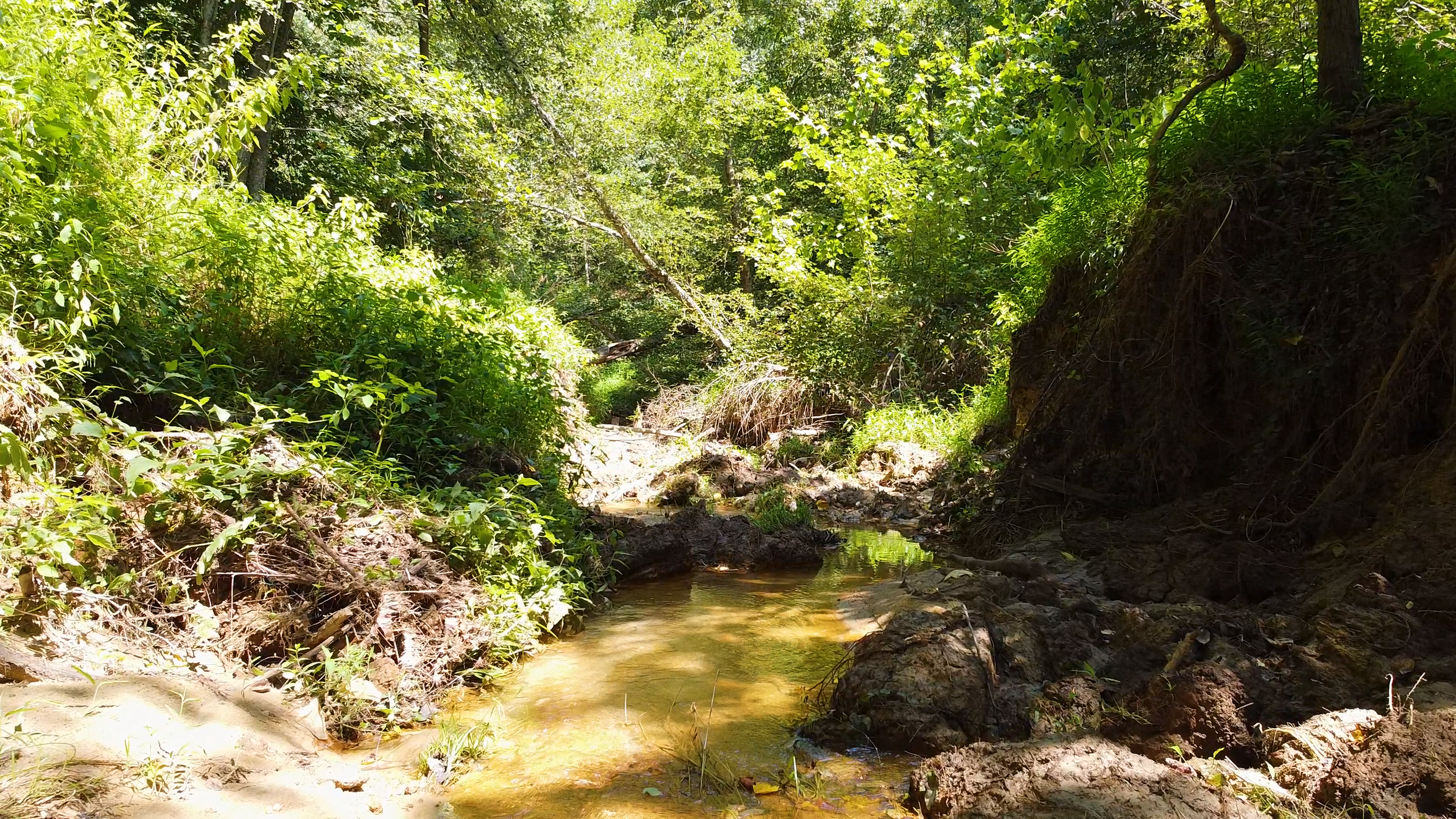
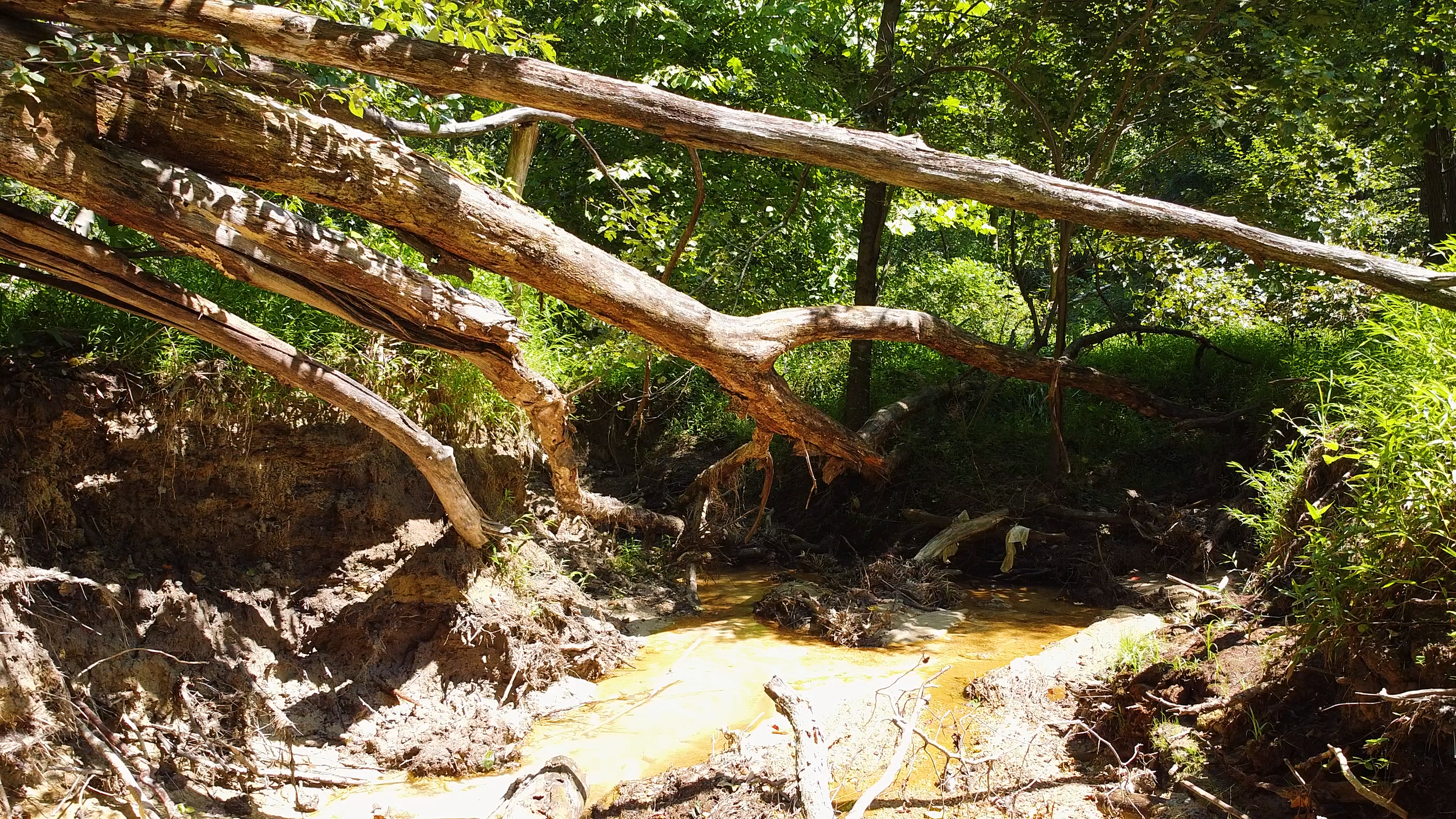
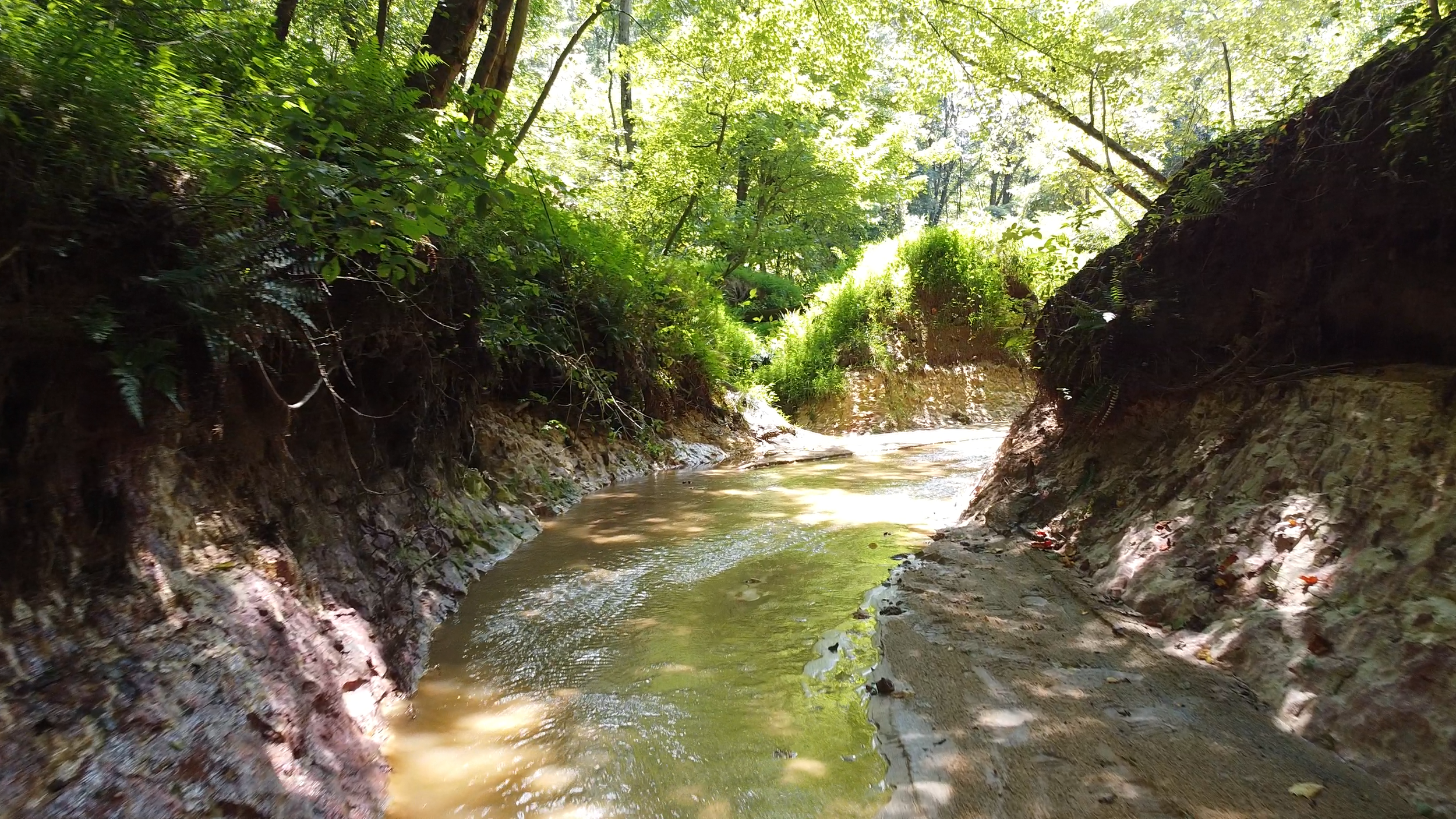
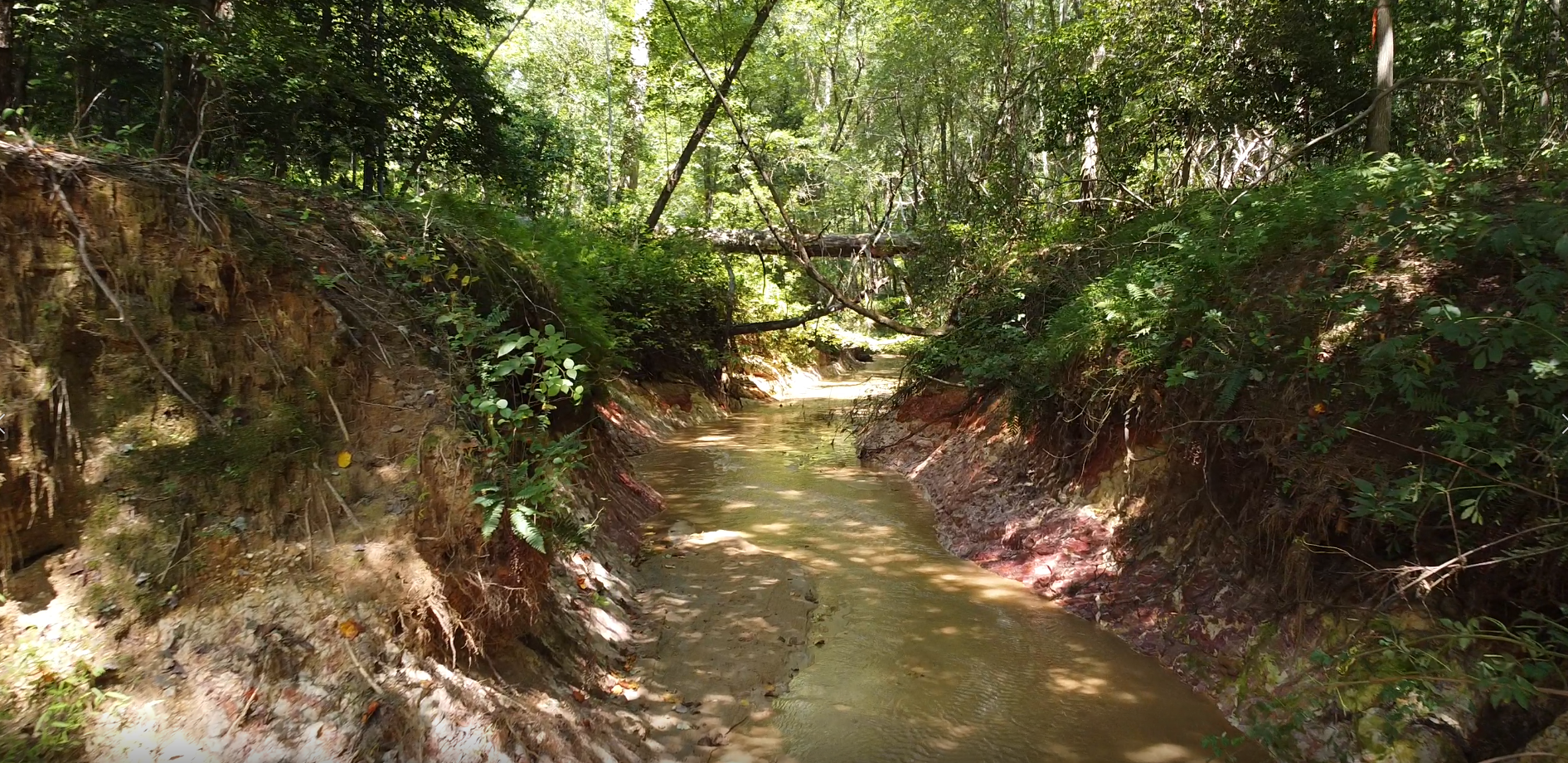

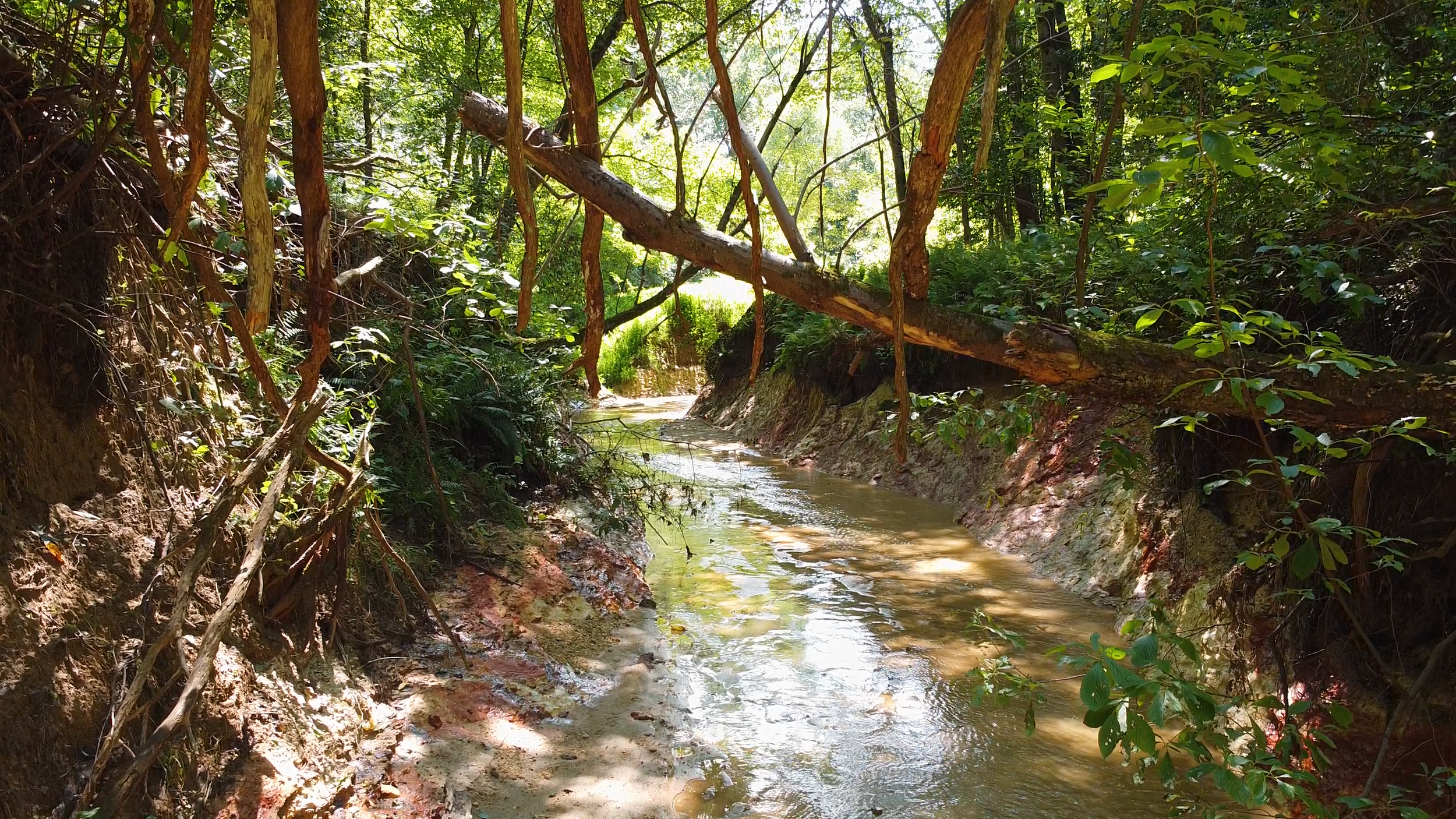
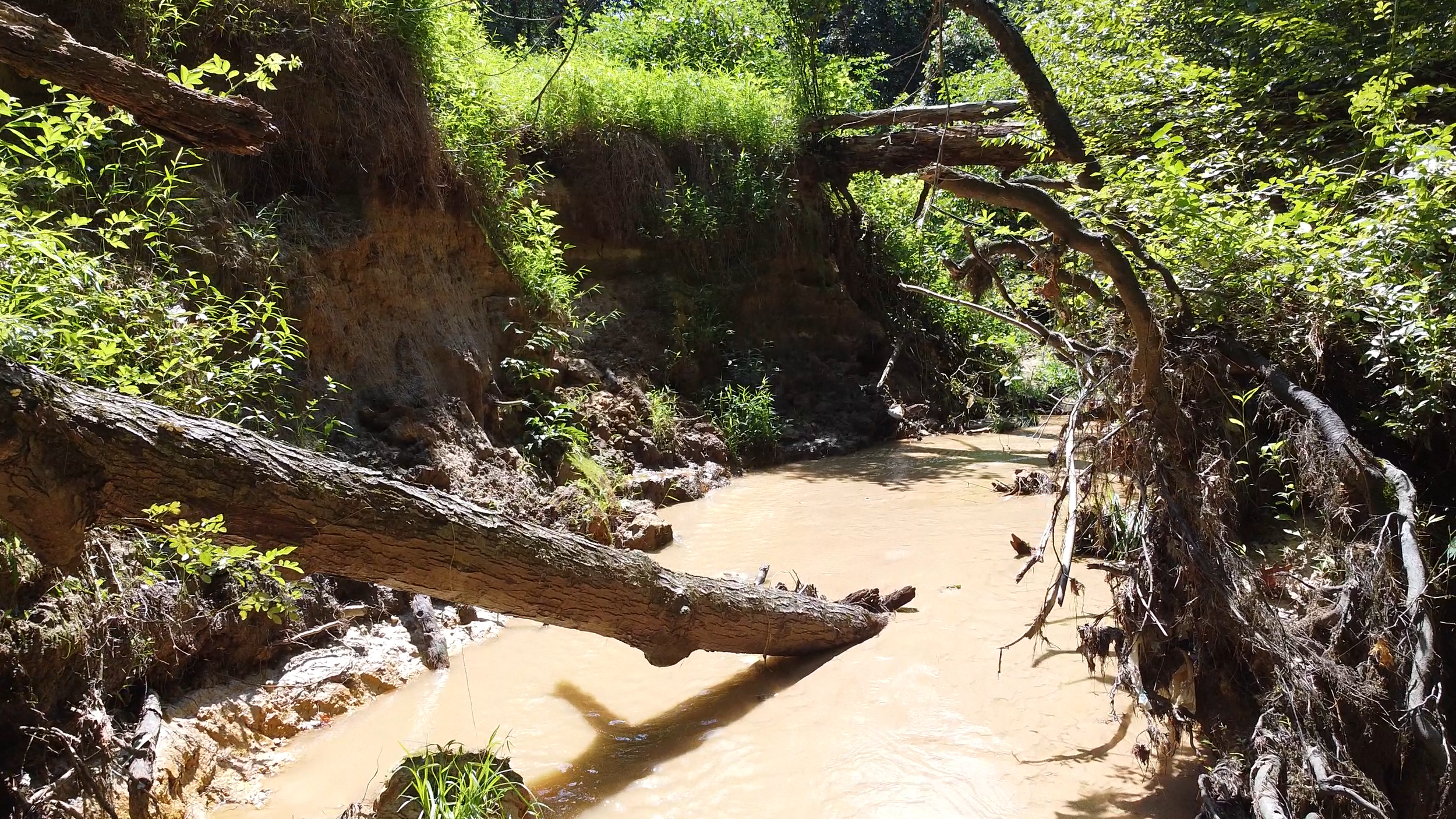
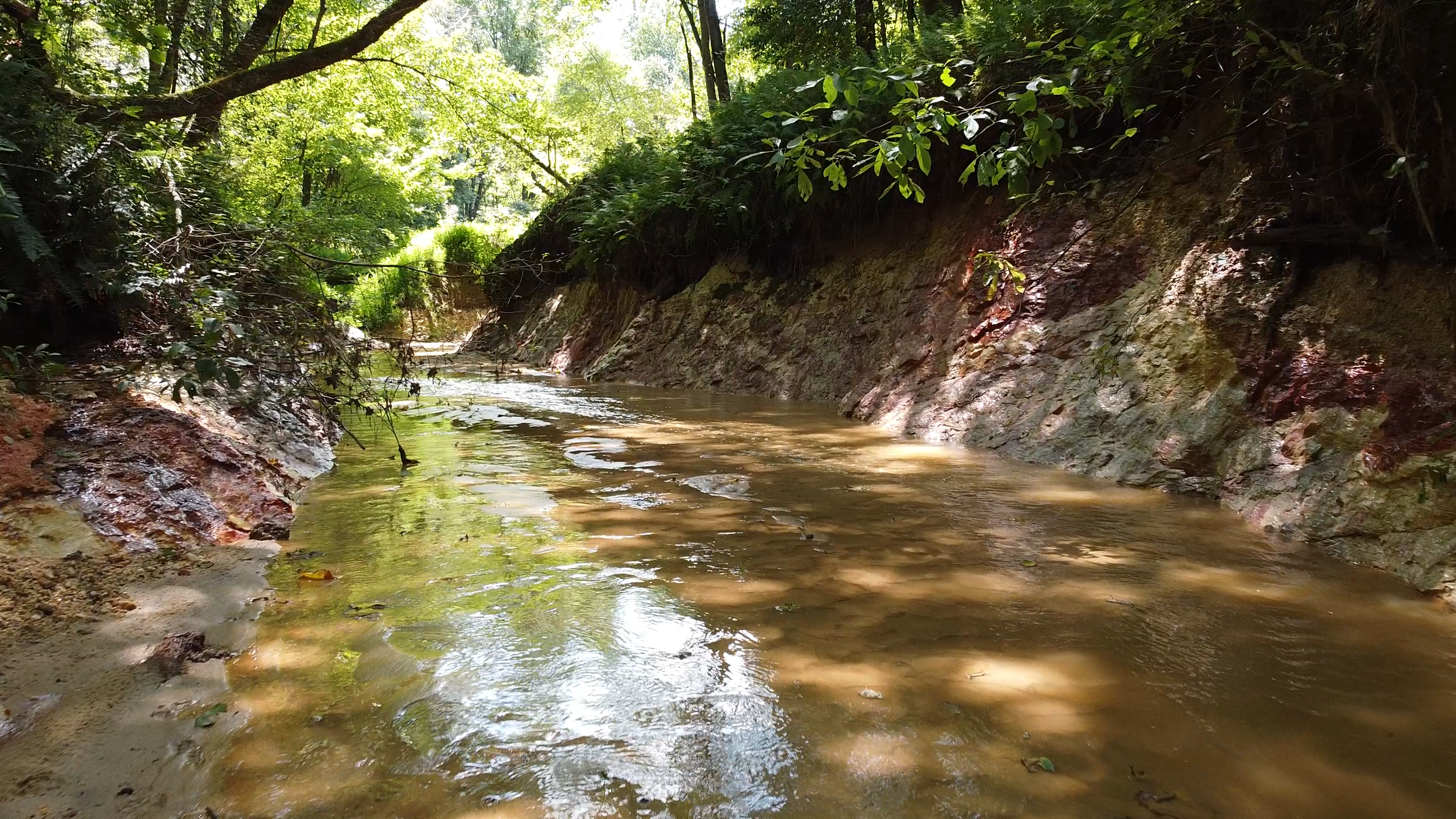
This restoration project addresses the severe head-cut erosion on a reach of Jabez Branch III, a small tributary to Jabez Branch in the Severn Run watershed, in order to reduce downstream sedimentation of the Severn River and the Chesapeake Bay. It will restore 2,600 linear feet of incised stream, enhance up to 2.6 acres of existing wetlands, and create/restore an additional 2.7 acres of new wetlands. This project will be the largest restoration project in our 20-year history and has the potential to stem the sediment-laden flow leaving the headwaters and spreading throughout the Severn during heavy rainstorms.
The Regenerative Stream Channel technique used for the restoration will fill the existing deeply incised channel with native sands , gravels, and wood chips to return the streambed to the floodplain and install a series of riffles and pools to decrease stream energy and safely convey larger storms. This restoration is a collaboration between Severn Riverkeeper, Underwood & Associates, Maryland Department of Natural Resources, and the Resilience Authority of Annapolis and Anne Arundel County.
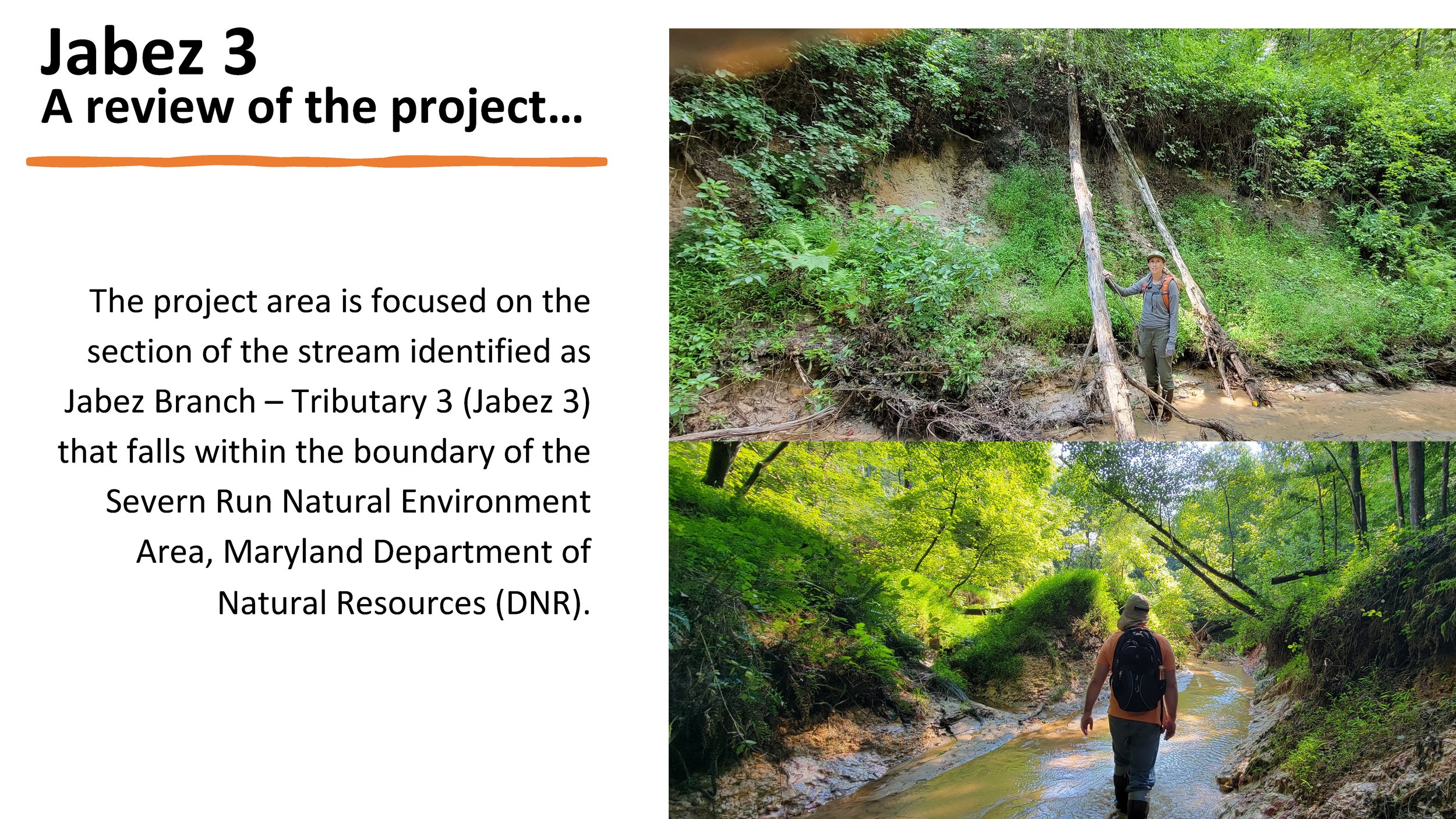

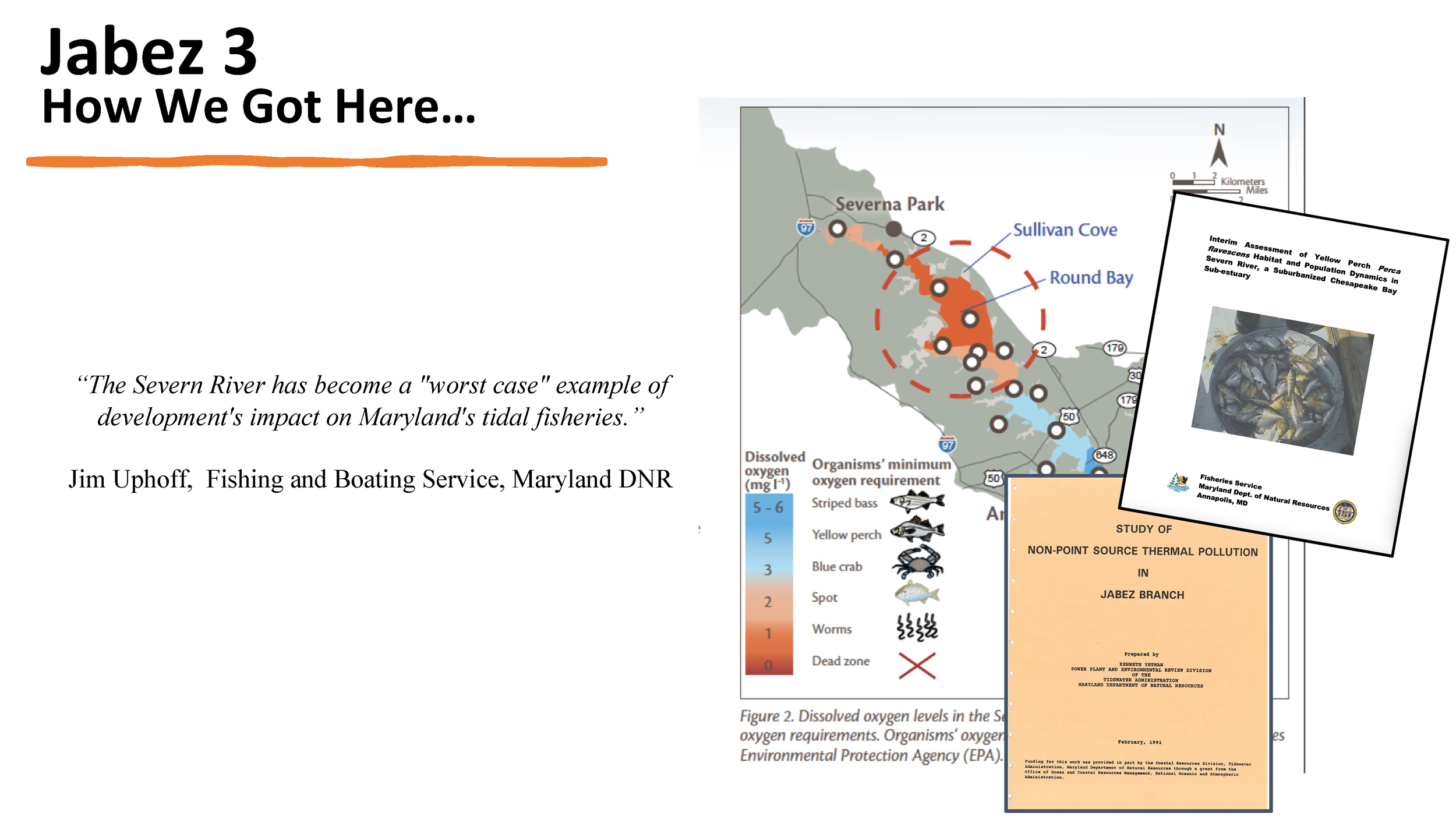

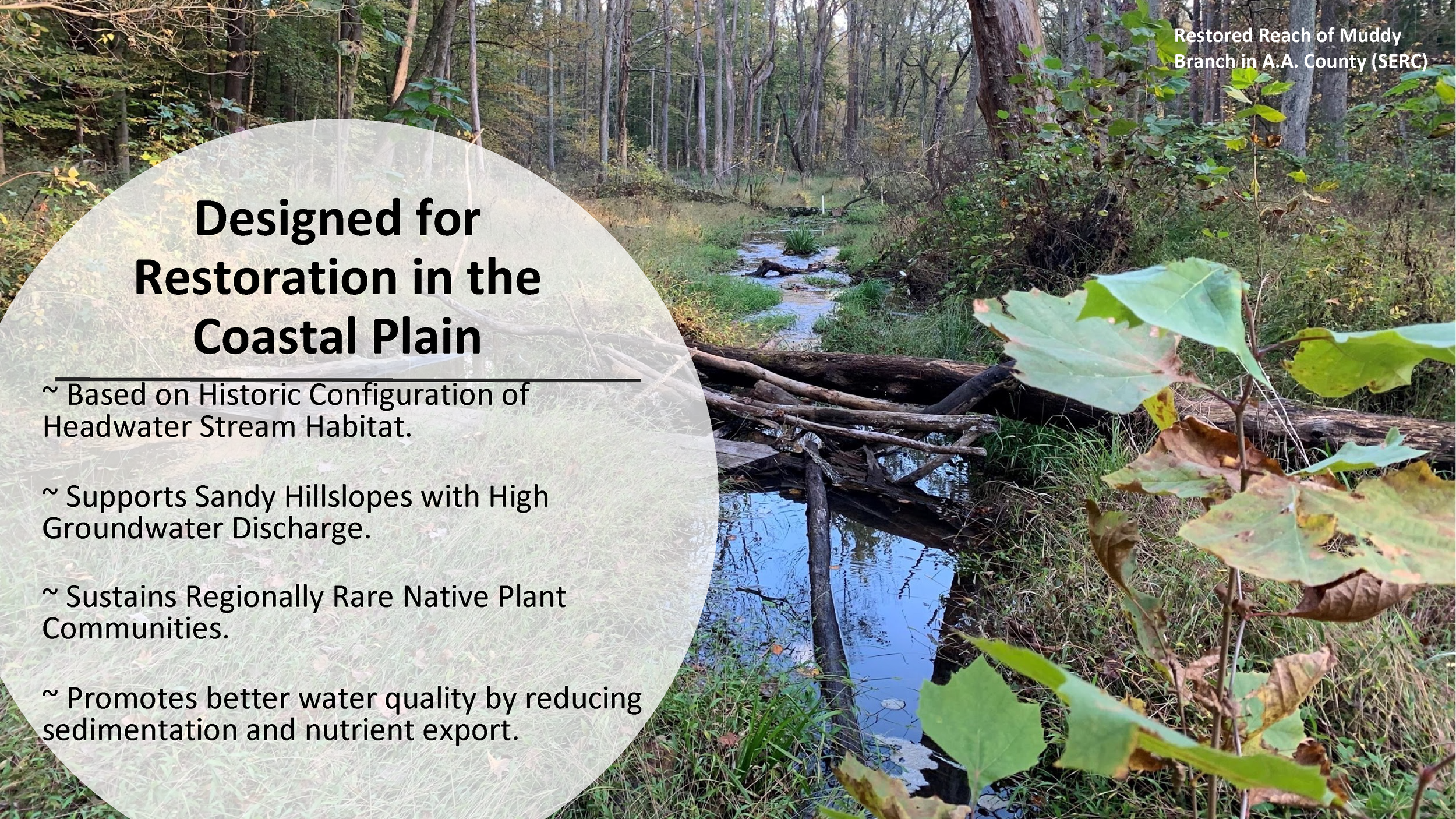
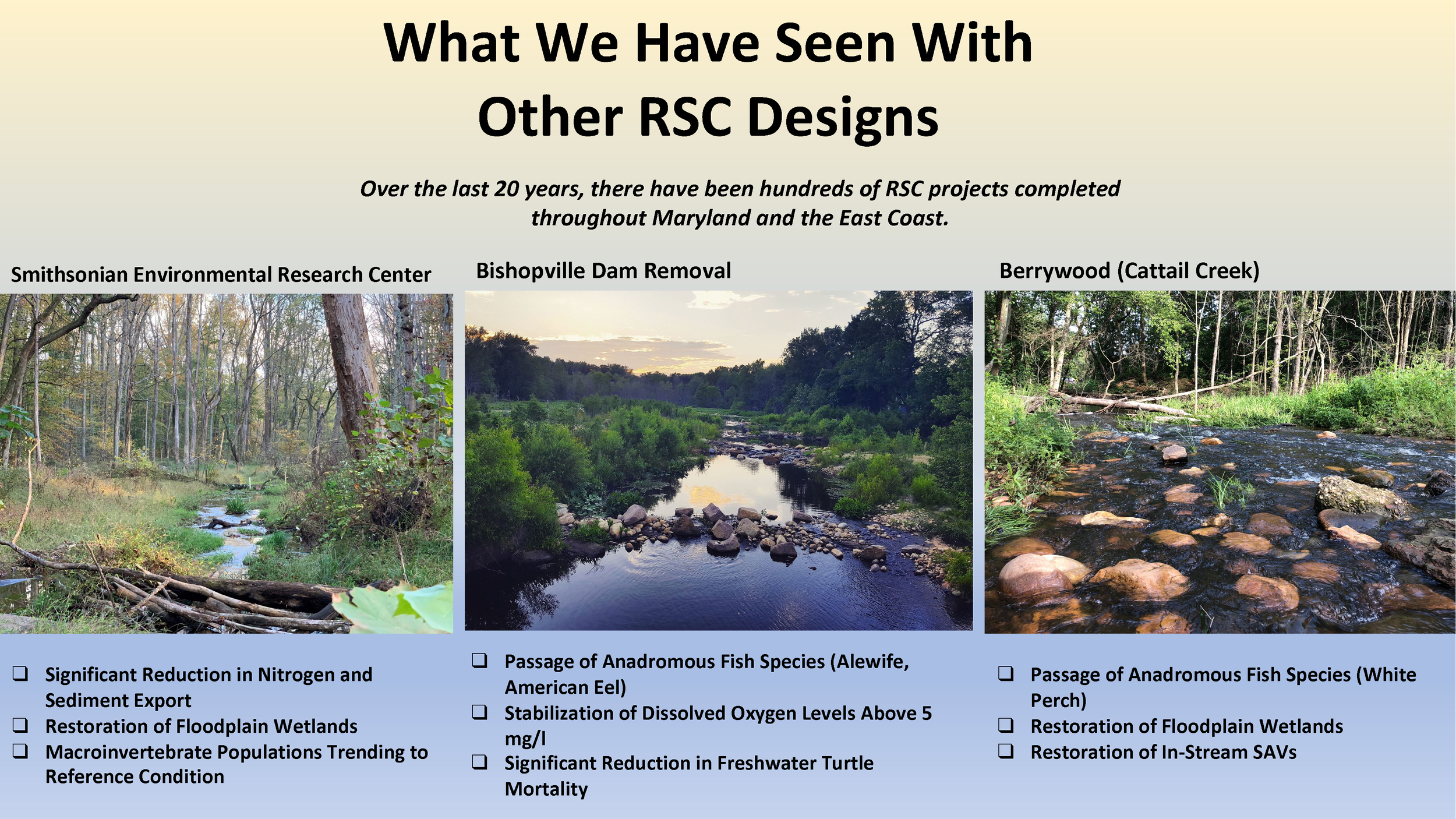
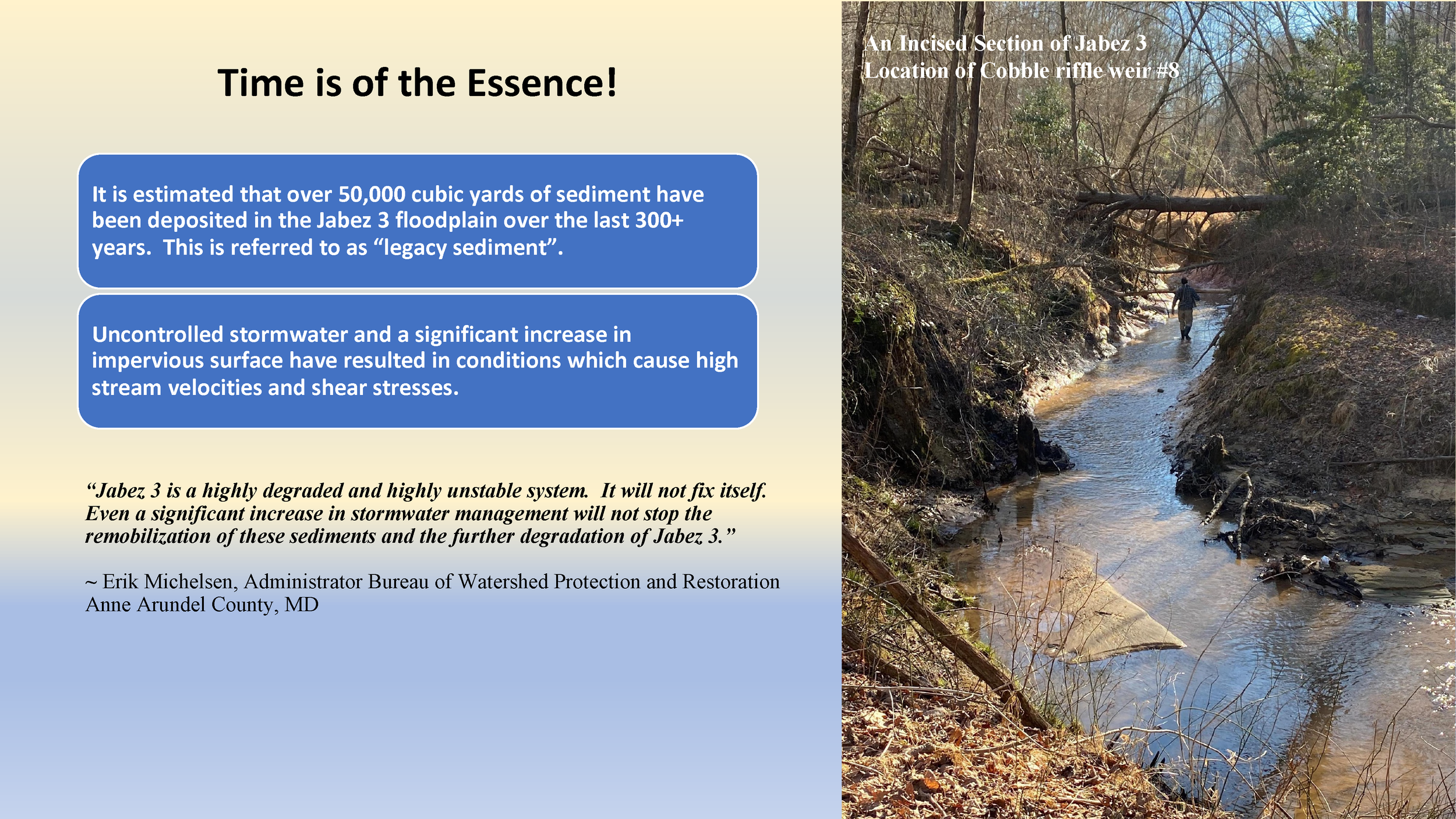
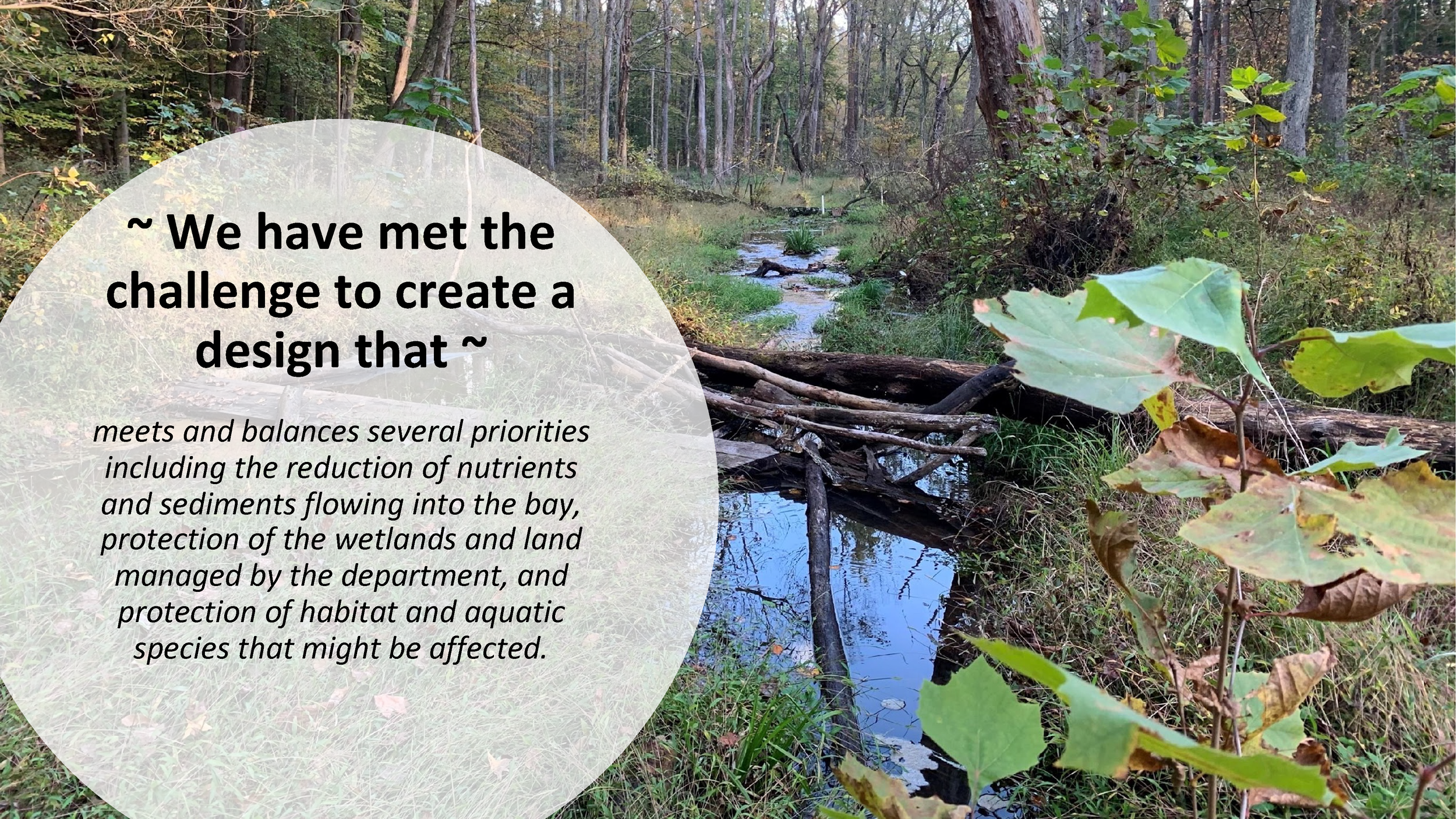
We envision a future where yellow perch wriggle back in droves to their restored spawning grounds, the water is cool and clear, and pollution from our roads and impervious surfaces is treated in the uplands before it can impact the Severn.



